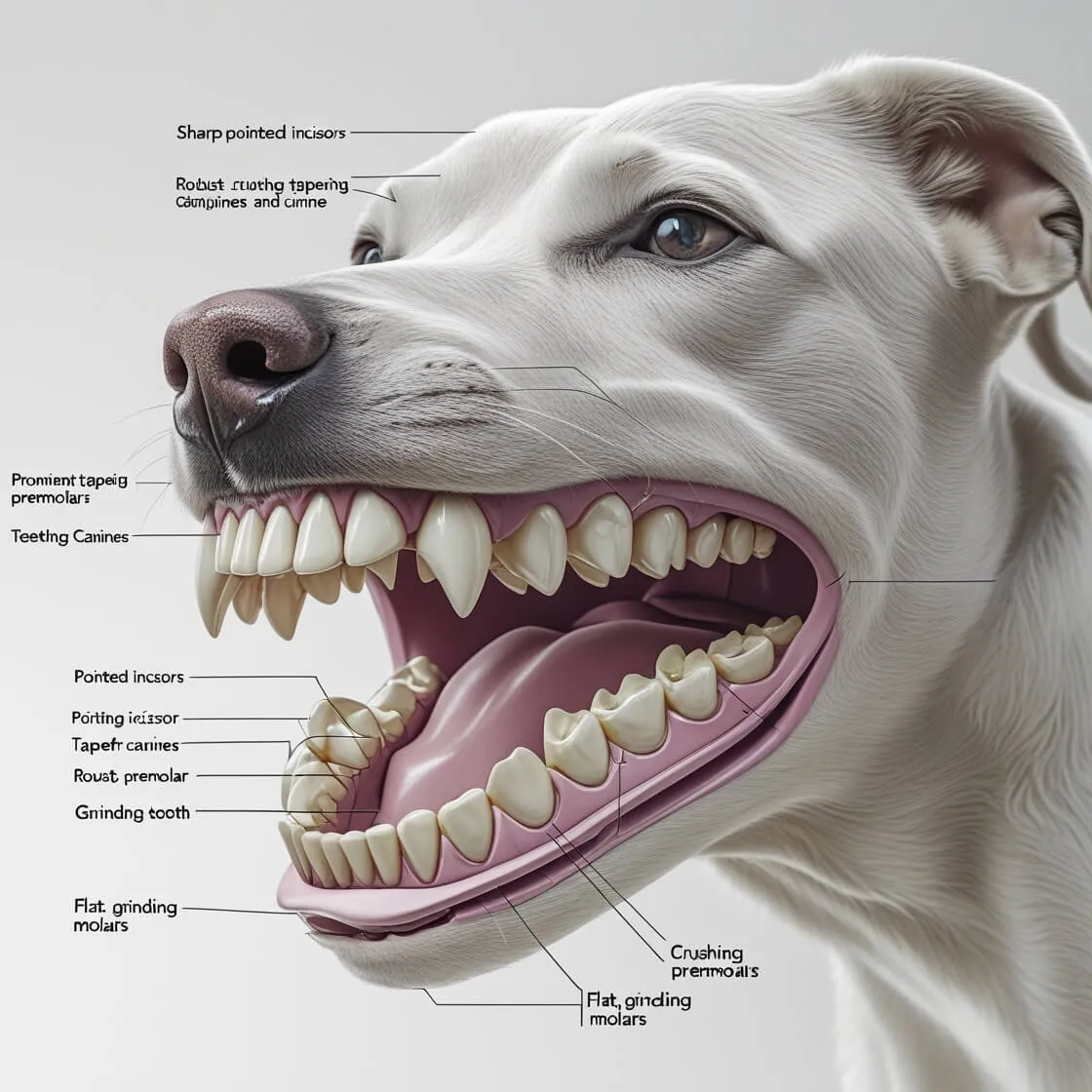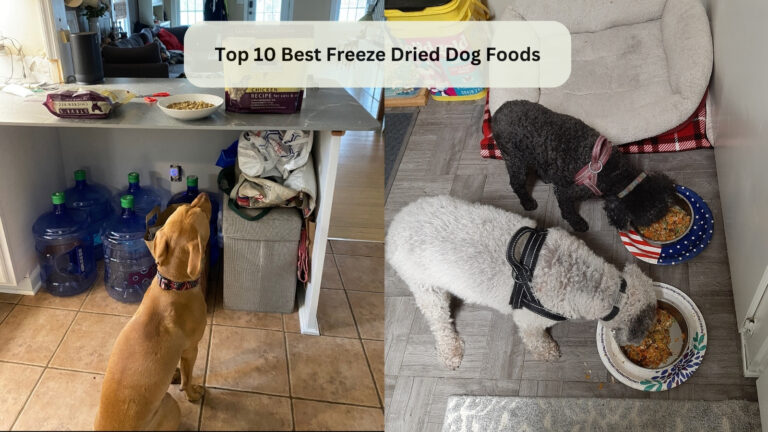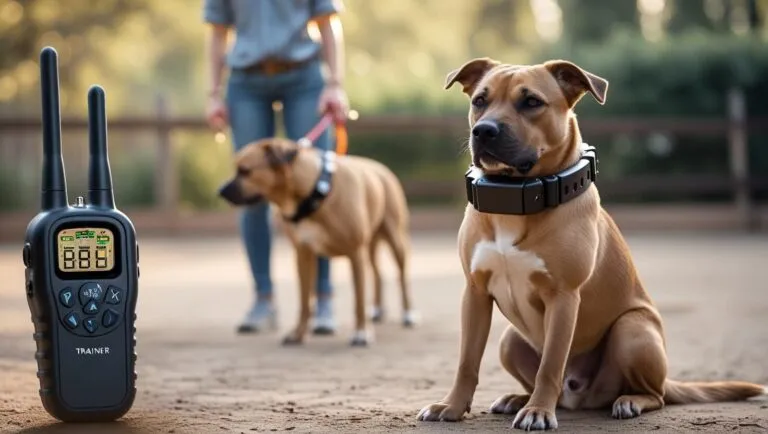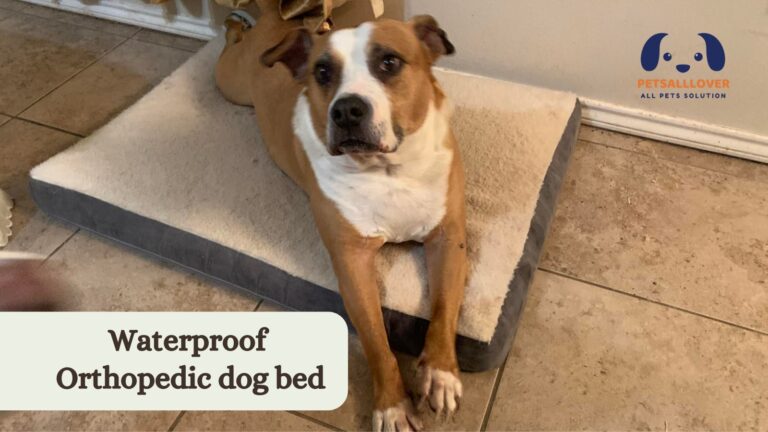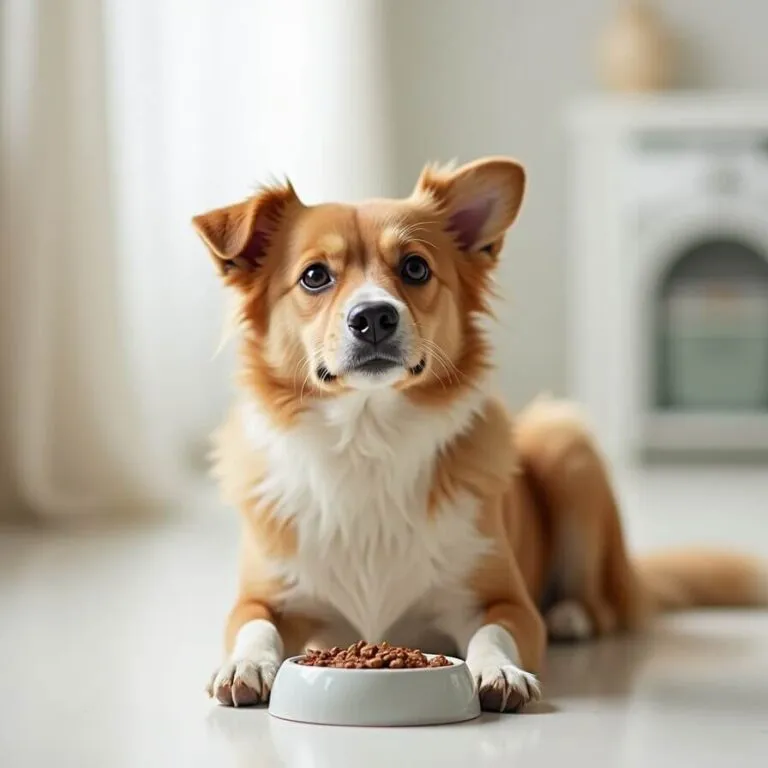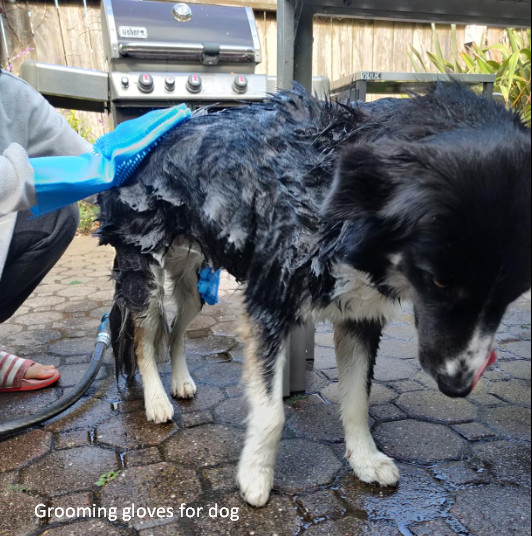How Many Teeth Do Dogs Have? Puppy vs. Adult Teeth Explained
Introduction
Dogs are more than just pets—they’re family. And just like humans, their teeth play a vital role in their health and daily life. But have you ever wondered, how many teeth do dogs have? Whether you’re a new pet owner or a seasoned dog lover, understanding your furry friend’s dental structure is essential.
From chewing food to playing with toys, a dog’s teeth impact everything they do. Knowing the difference between puppy and adult teeth, how they develop, and how to take care of them can help keep your dog happy and healthy. In this guide, we’ll explore the number of teeth dogs have, how they change as they grow, and the best ways to maintain their dental health.
How Many Teeth Do Dogs Have?
Dogs go through two stages of dental development—just like humans. Their teeth change as they grow, and the total number of teeth differs between puppies and adult dogs.
How Many Teeth Do Puppies Have?
Puppies are born without teeth, but their first set, called deciduous teeth or baby teeth, starts appearing around 3 to 6 weeks of age. By the time they are about 8 weeks old, they have a total of 28 baby teeth. These are smaller and sharper than adult teeth, helping them transition from nursing to solid food.
| Puppy Teeth | Number | Function |
|---|---|---|
| Incisors | 12 | Used for nibbling and grooming |
| Canines | 4 | Help in gripping and tearing food |
| Premolars | 12 | Assist in chewing and breaking down food |
By the time a puppy is around 3 to 6 months old, these baby teeth start falling out as adult teeth come in.
How Many Teeth Do Adult Dogs Have?
When a puppy matures into an adult dog, their 28 baby teeth are replaced by 42 permanent teeth. This process is usually complete by the time they are 6 to 7 months old.
| Adult Dog Teeth | Number | Function |
|---|---|---|
| Incisors | 12 | Used for grasping and grooming |
| Canines | 4 | Sharp for tearing and holding objects |
| Premolars | 16 | Aid in chewing and breaking down food |
| Molars | 10 | Help grind tougher food |
Unlike humans, dogs don’t have flat molars for grinding; their teeth are designed for tearing and chewing meat-based diets.
Understanding your dog’s dental development can help you monitor their teething process and ensure they have healthy, strong teeth throughout their life.
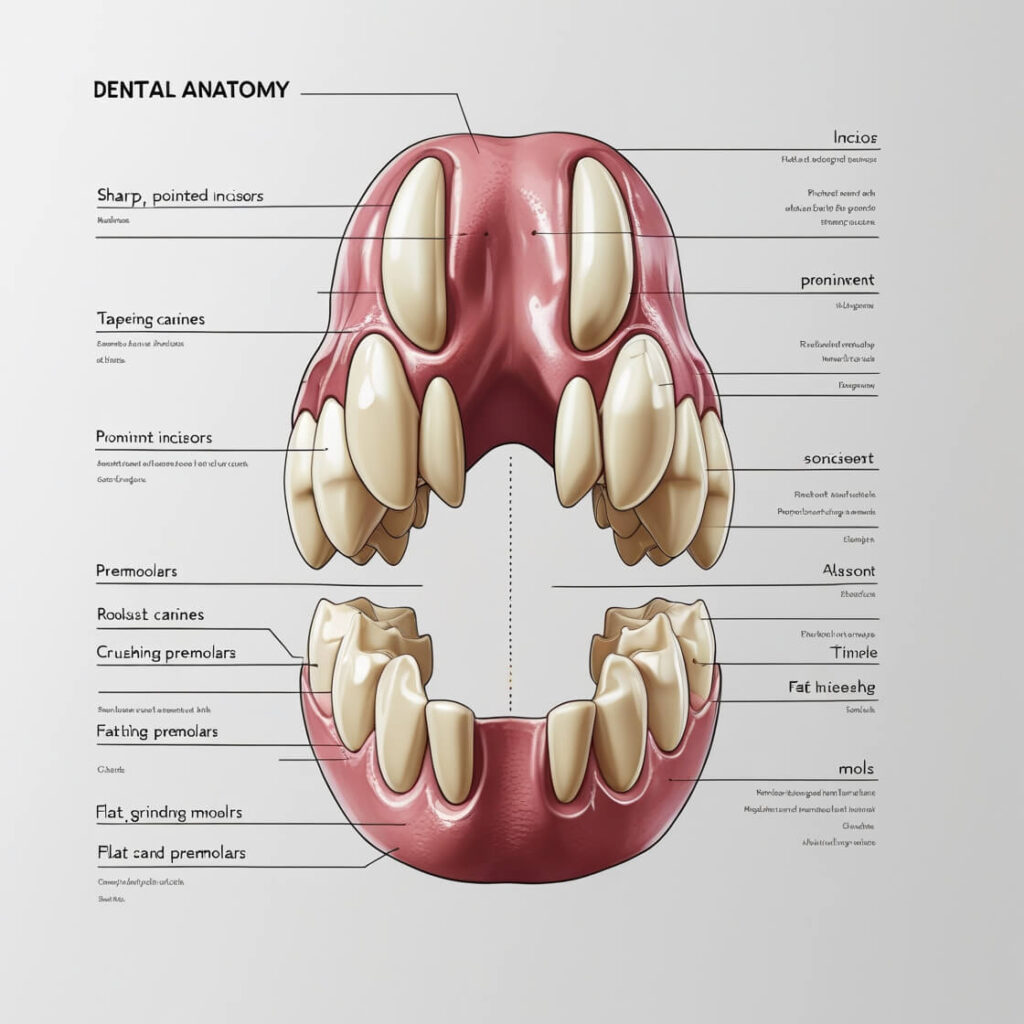
Puppy Teeth: The Development Process
Puppies go through a fascinating teething process, just like human babies. Their baby teeth, also known as deciduous teeth or milk teeth, play an essential role in their early development before being replaced by permanent adult teeth.
When Do Puppies Get Their First Teeth?
Puppies are born without any teeth. Their first set of teeth starts to appear around 3 weeks of age, and by the time they are 6 to 8 weeks old, they have a full set of 28 baby teeth.
| Puppy Teething Timeline | Teeth Development |
|---|---|
| 2-3 weeks old | First incisors begin to emerge |
| 4 weeks old | Canine teeth appear |
| 5-6 weeks old | Premolars start coming in |
| 8 weeks old | Full set of 28 baby teeth is present |
At this stage, puppies begin to explore their surroundings using their mouths, which is why they tend to chew on everything!
When Do Puppies Start Losing Their Baby Teeth?
Teething starts again when puppies begin losing their baby teeth at around 3 to 4 months old. These teeth gradually fall out, making room for adult teeth. By 6 to 7 months old, most dogs will have their complete set of 42 permanent teeth.
| Puppy Tooth Loss Timeline | Adult Teeth Replacing Baby Teeth |
|---|---|
| 3-4 months old | Incisors begin to fall out first |
| 5 months old | Canines and premolars start replacing baby teeth |
| 6-7 months old | Molars grow in, completing the set of 42 adult teeth |
Common Signs of Puppy Teething
During this process, puppies may experience discomfort. Signs of teething include:
- Increased chewing or biting behavior
- Drooling more than usual
- Swollen or red gums
- Mild bleeding (from lost baby teeth)
- Occasionally finding small baby teeth on the floor or in their toys
How to Help a Teething Puppy
Since teething can be uncomfortable, providing relief is essential. Some ways to help include:
- Giving safe chew toys to ease discomfort
- Using frozen wet cloths or chilled teething toys
- Avoiding hard objects that could damage their developing teeth
- Supervising play to prevent destructive chewing
Puppy teething is a natural process, and most dogs adjust quickly. However, if a baby tooth doesn’t fall out and an adult tooth starts growing in the same spot, it may require a vet visit to prevent dental issues.
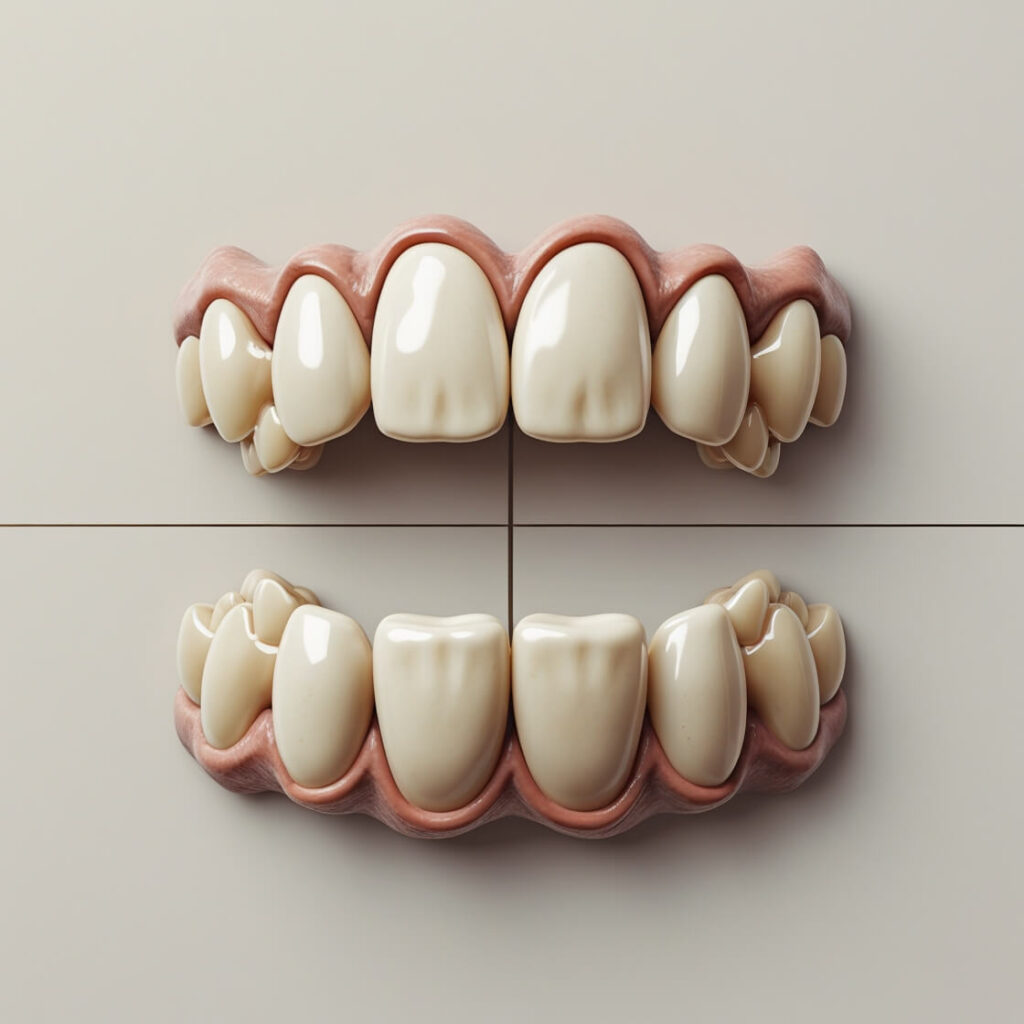
Adult Dog Teeth: Structure and Function
Once a puppy grows into an adult dog, their temporary 28 baby teeth are replaced with a full set of 42 permanent teeth. These teeth are designed for different purposes, from tearing meat to chewing kibble. Understanding their structure can help pet owners take better care of their dog’s dental health.
Breakdown of Adult Dog Teeth
Adult dogs have four types of teeth, each serving a specific function:
| Type of Teeth | Number | Location | Function |
|---|---|---|---|
| Incisors | 12 | Front of the mouth | Used for picking up objects, grooming, and nibbling |
| Canines | 4 | Two on top, two on bottom | Sharp, pointed teeth used for tearing and holding prey/toys |
| Premolars | 16 | Behind the canines | Help in cutting and shearing food |
| Molars | 10 | Back of the mouth | Used for grinding and crushing harder food |
How Do Dogs Use Their Teeth?
Dogs have a natural bite pattern suited for their diet and lifestyle. Unlike humans, who chew in an up-and-down motion, dogs mostly use a scissor-like motion to slice through food.
- Incisors help grab objects and groom themselves.
- Canines act as fangs, allowing dogs to hold onto bones, toys, or food.
- Premolars work like shears, cutting meat and kibble into smaller pieces.
- Molars crush and grind harder food items like bones or dental chews.
Differences in Teeth Between Breeds
While all adult dogs have 42 teeth, the shape and alignment of their teeth can vary depending on the breed:
- Small breeds (like Chihuahuas) often have crowded teeth due to their smaller jaw size, making them prone to dental issues.
- Large breeds (like German Shepherds) generally have stronger jaws with well-spaced teeth, reducing the risk of tartar buildup.
- Flat-faced breeds (like Bulldogs and Pugs) may have misaligned teeth due to their shorter snouts, increasing the risk of gum disease.
Why Understanding Dog Teeth Matters
Knowing how many teeth dogs have and their function helps pet owners:
- Spot dental problems early (like missing or misaligned teeth).
- Choose the right diet and chew toys for their dog’s dental health.
- Maintain proper oral hygiene to prevent gum disease and tooth loss.
Dogs rely on their teeth daily, so keeping them strong and healthy is essential for their overall well-being.
Common Questions Dog Owners Have About Dog Teeth
Dog owners often have a lot of questions about their pet’s dental health. Below are some of the most common concerns, along with expert answers to help you better understand your furry friend’s teeth.
1. What if My Dog Has Fewer or More Teeth Than Normal?
A healthy adult dog should have 42 teeth, but some dogs may have fewer or extra teeth due to genetics, dental issues, or injuries.
- Fewer Teeth: Some dogs may lose teeth due to injury, gum disease, or a retained baby tooth that never properly fell out. If your dog has missing teeth and struggles to eat, a vet visit is recommended.
- Extra Teeth (Supernumerary Teeth): In rare cases, dogs may develop extra teeth, leading to overcrowding and dental problems. If the extra teeth cause discomfort, a vet might suggest removal.
2. Why Do Some Breeds Have Different Dental Structures?
While all dogs have 42 adult teeth, their jaw shape affects tooth alignment.
- Brachycephalic breeds (Pugs, Bulldogs) often have crowded or misaligned teeth due to their short skull structure.
- Small breeds (Chihuahuas, Yorkies) frequently suffer from retained baby teeth and overcrowding.
- Large breeds (Labradors, German Shepherds) generally have well-spaced teeth but can still develop tartar buildup.
If you notice misalignment or difficulty chewing, consult a veterinarian to prevent dental complications.
3. Can Dogs Live a Normal Life with Missing Teeth?
Yes! Dogs are adaptable and can eat just fine even if they lose some teeth.
- If a dog is missing a few incisors, they may struggle with picking up small objects but will still eat normally.
- If molars are missing, they might need softer food since they can’t grind as effectively.
- Toothless dogs (often due to age or severe dental disease) may need a diet of wet food or finely chopped kibble.
4. How Do I Know If My Dog Has a Dental Problem?
Watch for these signs of dental issues:
✔️ Bad breath (a sign of gum disease)
✔️ Drooling more than usual
✔️ Difficulty chewing or favoring one side of the mouth
✔️ Red, swollen, or bleeding gums
✔️ Brown or yellow tartar buildup on teeth
If you notice any of these symptoms, schedule a vet checkup to prevent further complications.
5. Should I Brush My Dog’s Teeth?
Absolutely! Regular brushing prevents plaque buildup, bad breath, and gum disease. Aim to brush your dog’s teeth at least 2-3 times per week using a dog-specific toothbrush and toothpaste (never use human toothpaste).
By understanding these common concerns, dog owners can take better care of their pet’s dental health and ensure they have strong, healthy teeth for life.
How to Take Care of Your Dog’s Teeth
Taking care of your dog’s teeth is essential for their overall health. Just like humans, dogs can develop plaque, tartar, and gum disease if their teeth are not properly maintained. Here’s how to keep your furry friend’s teeth clean and healthy.
1. Brush Your Dog’s Teeth Regularly
Brushing is the best way to prevent plaque buildup and gum disease. Follow these steps for effective brushing:
✔️ Use a dog-friendly toothpaste (never human toothpaste, as it contains harmful ingredients like xylitol).
✔️ Choose a soft-bristled toothbrush or a finger brush designed for dogs.
✔️ Gently lift your dog’s lips and brush in small circular motions, focusing on the outer surfaces.
✔️ Aim for at least 2-3 times per week, but daily brushing is ideal.
🔹 Image Prompt: A step-by-step guide on how to brush a dog’s teeth, showing proper brushing techniques and recommended products.
2. Provide Dental Chews and Toys
Dogs love to chew, and you can use this to your advantage! Dental chews, rawhide alternatives, and chew toys help remove plaque and keep teeth strong. Look for:
- Vet-approved dental chews that promote oral health.
- Rubber or nylon chew toys that massage gums and clean teeth.
- Natural chew options like raw bones (under supervision).
3. Use Dental Wipes or Water Additives
If your dog resists brushing, try dental wipes to clean their teeth or water additives that help fight bacteria. While not as effective as brushing, they are good alternatives for maintaining oral hygiene.
4. Feed a Dental-Friendly Diet
Certain dog foods are designed to reduce plaque buildup. Look for kibble labeled “dental formula”, which has a crunchy texture that helps clean teeth. Avoid sticky, sugary treats that contribute to tartar.
5. Schedule Regular Veterinary Dental Checkups
Just like humans need dental checkups, dogs should have their teeth examined by a vet at least once a year. A professional cleaning may be needed if there is excessive tartar buildup or signs of gum disease.
6. Watch for Signs of Dental Problems
Early detection of dental issues can prevent serious health problems. Keep an eye out for:
⚠️ Bad breath (persistent foul odor can signal gum disease)
⚠️ Red, swollen, or bleeding gums
⚠️ Difficulty chewing or loss of appetite
⚠️ Loose, broken, or missing teeth
By following these simple steps, you can help your dog maintain strong, healthy teeth and prevent painful dental problems.

Dental Problems in Dogs and How to Prevent Them
Just like humans, dogs can suffer from dental diseases if their teeth are not properly cared for. Poor oral hygiene can lead to pain, tooth loss, and even serious health complications. Here’s what you need to know about common dental issues in dogs and how to prevent them.
1. Common Dental Problems in Dogs
| Dental Problem | Symptoms | Causes |
|---|---|---|
| Plaque & Tartar Buildup | Yellow or brown deposits on teeth | Lack of brushing, diet high in soft food |
| Gingivitis (Gum Inflammation) | Red, swollen, or bleeding gums | Bacterial buildup along the gum line |
| Periodontal Disease | Bad breath, loose teeth, difficulty eating | Untreated plaque & gingivitis leading to infection |
| Tooth Fractures | Cracked or broken teeth, sensitivity | Chewing hard objects like bones or rocks |
| Tooth Abscess (Infection) | Swelling near the jaw, pain, drooling | Bacterial infection from untreated dental disease |
| Retained Baby Teeth | Baby teeth not falling out, causing misalignment | Common in small dog breeds like Chihuahuas |
2. How to Prevent Dental Issues in Dogs
✅ Brush Your Dog’s Teeth Regularly – The best way to prevent dental disease is by brushing their teeth at least 2-3 times per week.
✅ Provide Dental Chews & Toys – Chewing on the right toys helps clean teeth naturally.
✅ Schedule Professional Cleanings – A vet checkup every 6-12 months can catch dental problems early.
✅ Monitor Their Diet – Avoid sticky, sugary treats and opt for kibble designed to reduce plaque buildup.
✅ Check Their Mouth Weekly – Look for signs of bad breath, red gums, or loose teeth.
3. When to See a Veterinarian
If you notice any of the following, schedule a vet visit immediately:
⚠️ Persistent bad breath
⚠️ Red, swollen, or bleeding gums
⚠️ Difficulty eating or chewing on one side
⚠️ Excessive drooling
⚠️ Loose, broken, or missing teeth
Dental issues can be painful and affect a dog’s overall health, so early prevention is key. Keeping up with regular oral care will ensure your dog maintains a healthy, happy smile for years to come!
5 Important Questions & Answers About Dog Teeth
Do Dogs Lose Teeth as They Age?
Yes. Puppies naturally lose their baby teeth between 3-6 months of age as adult teeth grow in. However, if an adult dog loses teeth, it could be due to gum disease, trauma, or aging. Regular vet visits can help detect and prevent tooth loss.
Why Does My Dog’s Breath Smell So Bad?
Bad breath (halitosis) in dogs is usually a sign of plaque buildup, gum disease, or an oral infection. Regular brushing and dental checkups can help prevent bad breath. If the odor is very strong, it may indicate a more serious condition and should be checked by a vet.
Can I Use Human Toothpaste for My Dog?
No. Human toothpaste contains xylitol and fluoride, which are toxic to dogs. Always use a vet-approved dog toothpaste, which is safe if swallowed and designed to fight plaque and tartar.
How Often Should I Get My Dog’s Teeth Professionally Cleaned?
It depends on the breed and overall oral health. Most vets recommend a professional dental cleaning once a year, but small breeds prone to dental problems may need more frequent checkups.
What Are the Best Ways to Keep My Dog’s Teeth Healthy?
✔️ Brush their teeth at least 2-3 times per week
✔️ Provide dental chews and toys to naturally clean teeth
✔️ Feed a dental-friendly diet
✔️ Schedule annual vet checkups for professional cleaning
✔️ Watch for signs of dental problems, like bad breath or red gums
Expert Validation: Why Trust This Information?
This article has been reviewed by Dr. Emily Carter, DVM, a licensed veterinarian with over 10 years of experience in canine dentistry and pet oral health. Dr. Carter specializes in preventative dental care for dogs and has worked with thousands of pet owners to improve their pets’ dental hygiene.
“A dog’s oral health is directly connected to their overall well-being. Regular dental checkups, daily care, and the right diet can significantly reduce the risk of dental diseases. Understanding how many teeth dogs have and their function is a great first step toward better oral health!”
— Dr. Emily Carter, DVM
Conclusion
Taking care of your dog’s teeth is just as important as feeding them a healthy diet or giving them exercise. Understanding how many teeth dogs have, how they develop, and how to maintain their dental health can prevent serious problems like gum disease, bad breath, and tooth loss.
By regularly brushing your dog’s teeth, providing dental chews, scheduling vet checkups, and monitoring for signs of dental issues, you can ensure your furry friend stays happy and healthy for years to come.
A little effort in dental care today can save your dog from painful oral diseases in the future. If you ever notice unusual symptoms like bad breath, excessive drooling, or difficulty eating, consult a vet immediately. Keeping up with good oral hygiene will not only help their teeth but also contribute to their overall well-being.

